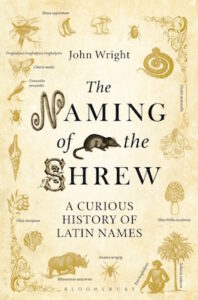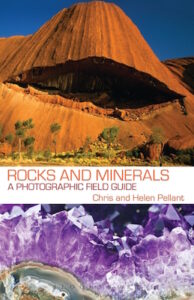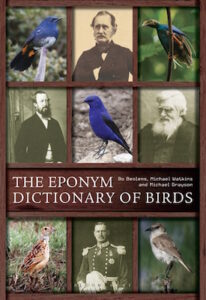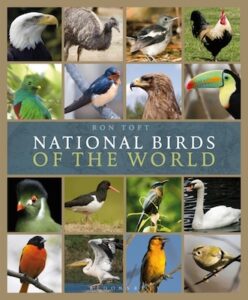Of all the books I’ve heard about as forthcoming in 2015, one of the most intriguing thus far has been John Wright’s “The Naming of the Shrew: A Curious History of Latin Names.”

Of all the books I’ve heard about as forthcoming in 2015, one of the most intriguing thus far has been John Wright’s “The Naming of the Shrew: A Curious History of Latin Names.”

Rock hounds rejoice! Without question, 2014 is going to long be known among naturalist history enthusiasts as the year of geology books. Even as the Solstice approached, another new geology-related title arrived on my desk from Bloomsbury: Chris and Helen Pellant’s Rocks and Minerals; A Photographic Field Guide.

When you hear names of bird species such as Cetti’s Warbler, Townsend’s Solitaire, or MacGillivray’s Fairy-wren, do you ever stop and give thought to who Cetti, Townsend, or MacGillivray were? And for that matter, was MacGillivray the same MacGillivray of the MacGillivray’s Warbler?

You likely already knew that the national bird of the United States is the American Bald Eagle, and – if you know a bit about birds – you could probably have guessed that the national bird of Guatemala is the Resplendent Quetzal, but what is the national bird of Estonia? How about Israel? Jamaica? If you don’t know, don’t feel bad; I didn’t either – at least until I read Ron Toft’s new book National Birds of the World.